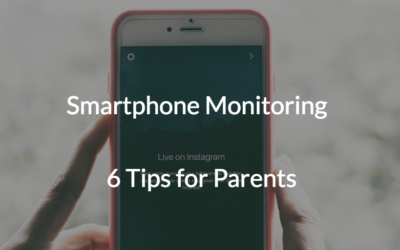
When we signed up for this parenting gig, no one sat us down and told us that one day (a day that will come sooner or later) our sons and daughters will be ready to leave our nests. Back in those sleep deprived days, we might have smiled and gave each other high fives. Afterall, that would mean we did our jobs, right? Unfortunately, raising teens college students and soon-to-be graduates isn’t always easy.
Instead of guiding giggling and cooing babies on the path to toddlerhood, we are now faced with kids who believe they are mature and responsible enough to take on the world. They look and talk like adults, acting like they are invincible and nothing will get in their way. This attitude, coupled with unique brain growth occurring in their prefrontal cortexes, can wreak havoc on their judgment and reasoning skills.
And suddenly, keeping our children safe has a whole new meaning.
Instead of baby proofing our homes and buying car seats, we now have to meet the challenge of addressing obvious topics like underage drinking, reckless driving, and so on. In our quest for safety, many of us overlook how a child’s social media presence can invite serious situations into their lives that might haunt them for years to come.
Social Media and Digital Footprints Matter
According to CNN, our teens spend around 9 hours every day consuming media and for most of our kids that occurs on their smartphones. Even though technology and social media can promote more authentic communication, allow creative outlets, and expose children to a world of information, it can also expose our kids to hidden pitfalls. For example, these dangers can range anywhere from cyberbullying, sexting, oversharing, identity theft, and more.
In the same breath, we can’t ignore that many colleges, scholarship boards, and employers have been known to check out a candidate’s social media accounts. According to a 2014 Kaplan report, over 35 percent of colleges admit they visit applicants’ social media accounts. Even more critical, is the fact that 30 percent of college admissions officers acknowledged they discovered information that harmed the applicant’s prospects.
Thankfully, it’s not all bad news. Melissa Davis, the CEO of GoEnnounce whose mission is to help students in grades 7 to 12 create positive digital footprints, acknowledged students need to be conscious of using social media outlets safely and to start building a “digital brand”. Davis also said, “Admissions aren’t searching to strictly police students, they are also searching for things that validate and confirm what a student is putting on a college application.”
Talking With Your Teen About Smartphone Monitoring
Before we restrict social media or take away a child’s smartphone, we need to consider the positives gained by their profiles and online presence. By teaching our sons and daughters to use their presence responsibly, social media might be the key for setting our kids apart from the pack. One way we can help our kids achieve this is by using smartphone monitoring.
Listed below are 6 essential tips for talking to a teen about smartphone monitoring:
- Begin an ongoing discussion about digital safety. Make sure children know why it’s important to be safe online. Address cyberbullying, sexting, oversharing, and talking to strangers.
- Let them know using smartphones and other devices is a privilege, not a right. Remind them we are footing the bill and monitoring isn’t a punishment. We are just checking in to help prevent a problem from arising.
- Address the privacy and trust issue. Most children assume smartphone monitoring is an invasion of privacy and that we don’t trust them. Reassure them we are doing this for their protection, it’s others we don’t trust.
- Listen to their concerns. It’s normal for a child to be reluctant when we talk about monitoring and we need to validate their feelings. Take advantage of these opportunities to help them understand why monitoring is necessary.
- Implement a technology contract. As a family, write a document that clearly outlines all the expectations and consequences for using smartphones and other devices. This will give everyone a say in the matter and prevent future arguments down the line. Make sure to include sections on screen-free time, keeping grades up, and which apps will be restricted.
- Use smartphone monitoring as a teaching tool. Monitoring isn’t about spying, it’s about helping our kids learn to use technology. This is a great tool for beginning conversations about the content a child encounters or sees online. It is similar to learning how to drive. They wouldn’t expect us to just hand over the keys to a car without a few lessons, right?
Looking Ahead
Finally, we need to remember that we are their parents, not their friends. It is the caring and loving thing to provide them access and guidance as they learn to navigate the world.
This contribution is by Scott Reddler. A concerned parent and technologist.



